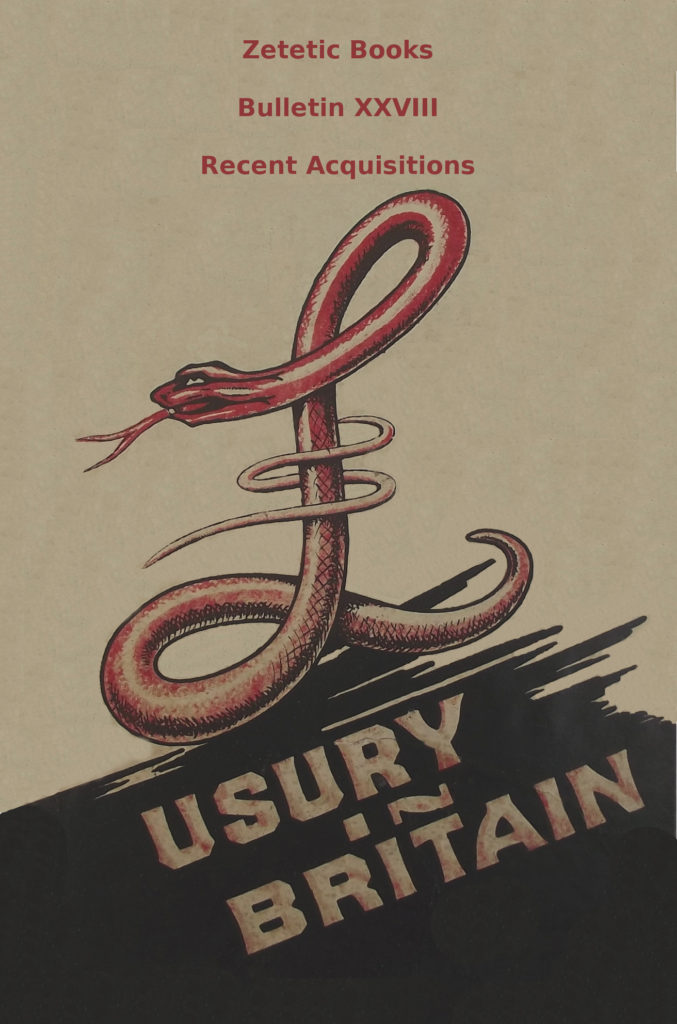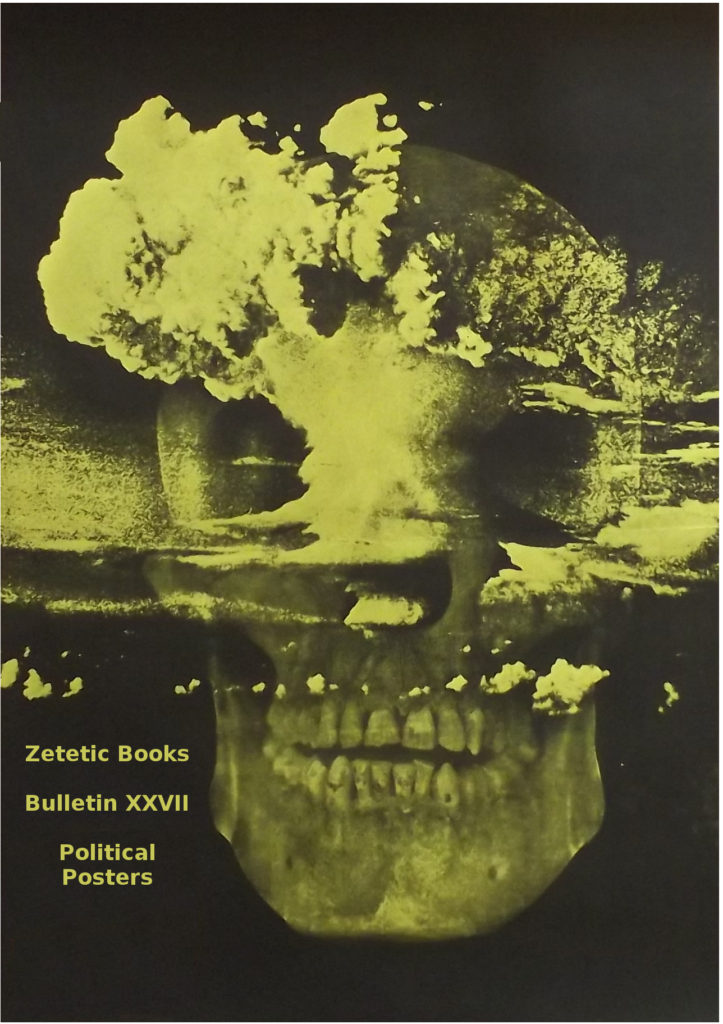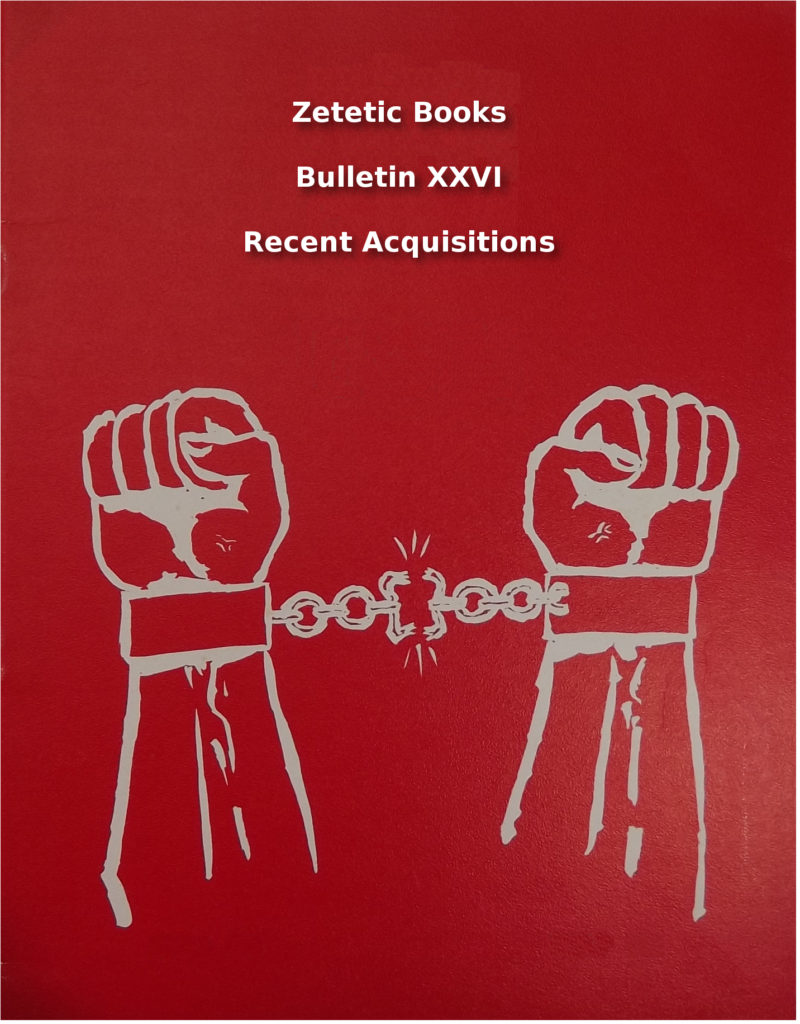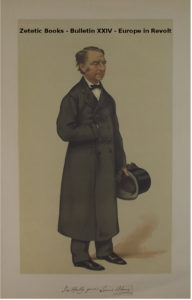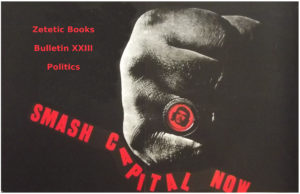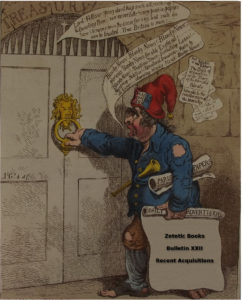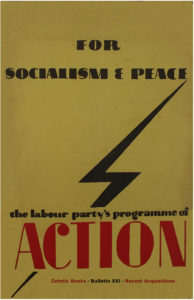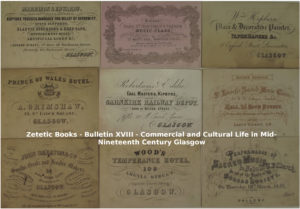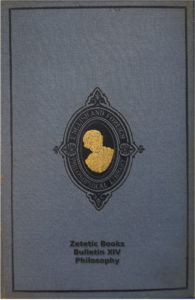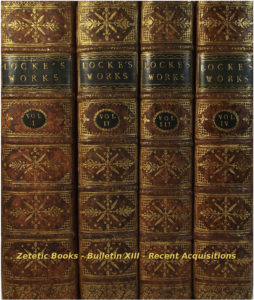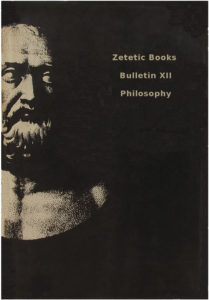Another couple of years pass (largely unproductively!)
Noticing that the last Bulletin posted here was XL, I should note that we are now up to XLIV, they can all be seen here
Categories (on the left hand side of the website) have been reduced due to declining levels of stock (both generally and in those specific categories). Stock updates remain sporadic
We have applied to rejoin the PBFA, so we hope to be exhibiting at a couple of fairs this year (presuming they let me back in), so I will update the fairs section (or not!) when applicable
